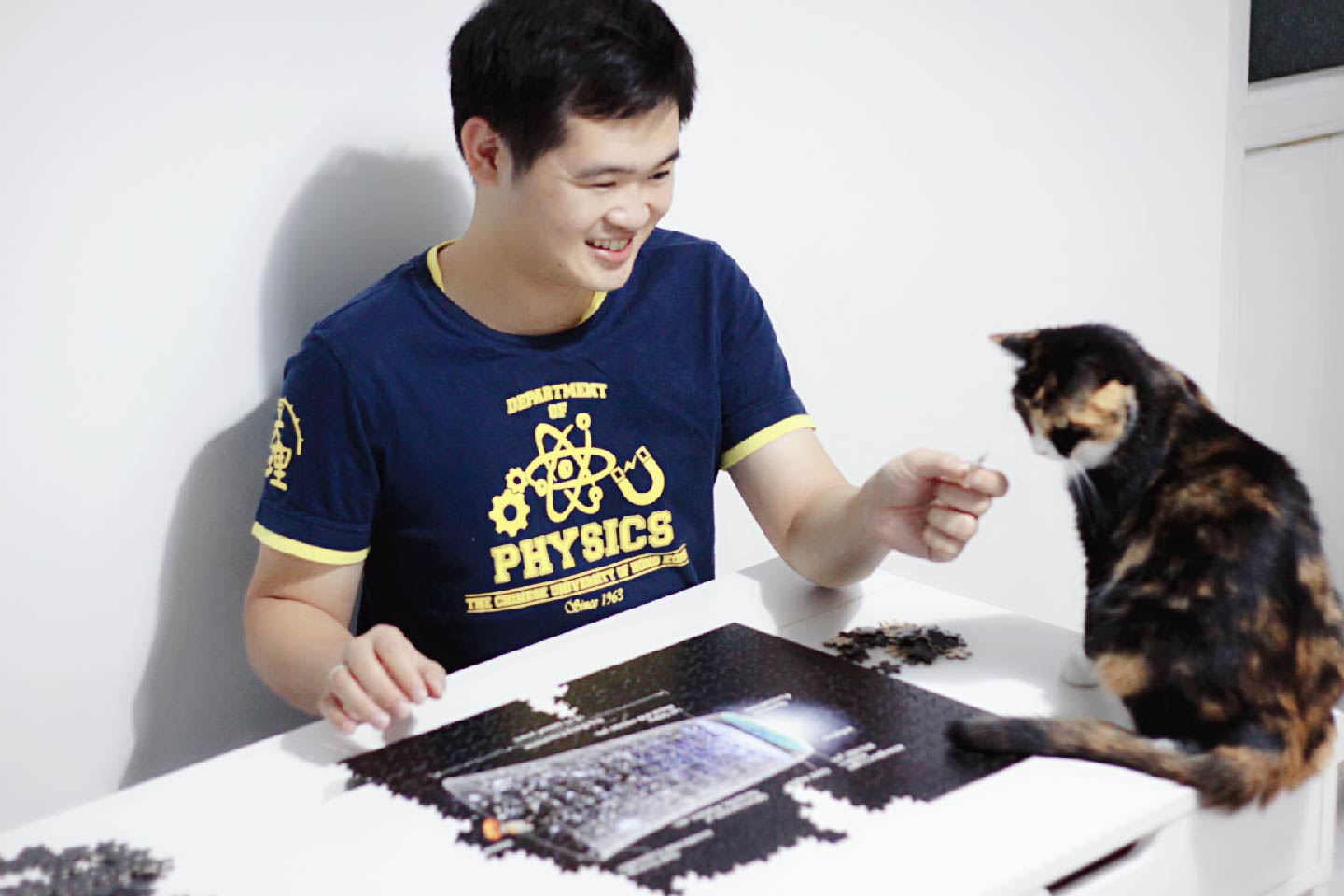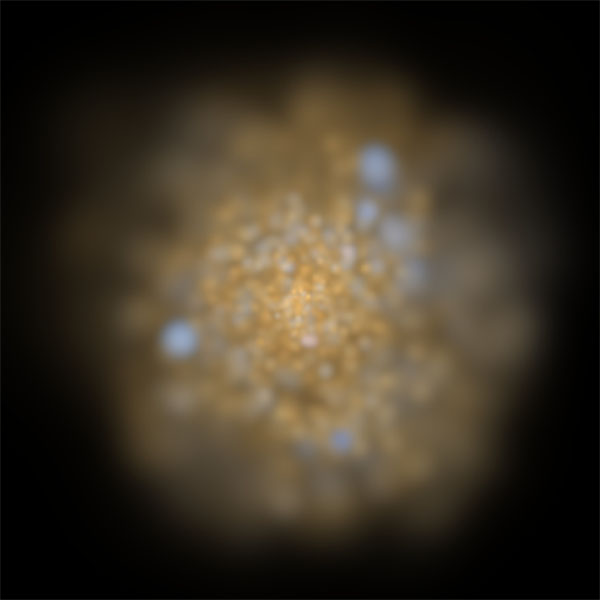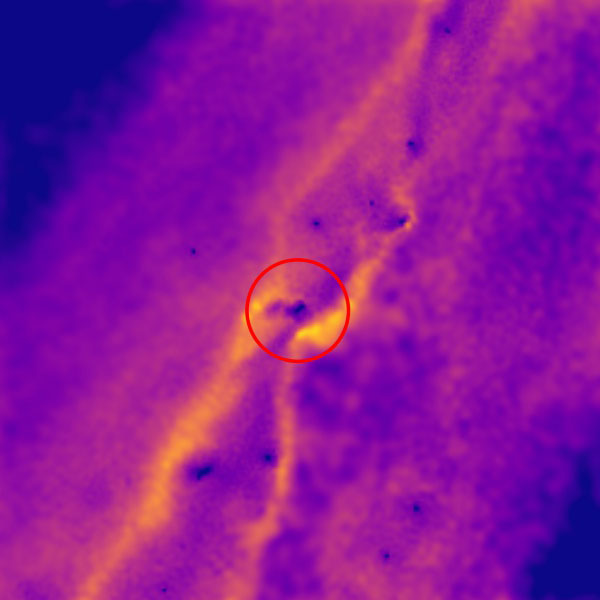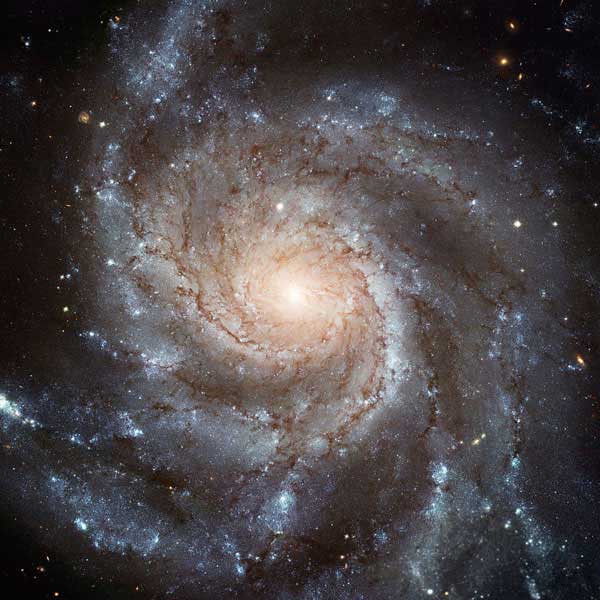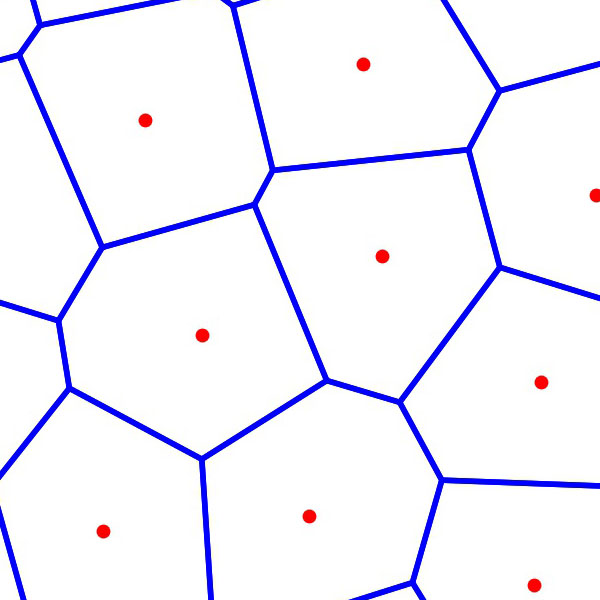My Supervision Experience
Selected Student Projects
Yuxi Meng: The impact of filaments on satellites (Mar 2024 - Present)Yuxi is a PhD student at the University of Chinese Academy of Sciences (UCAS). We are investigating how cosmic filaments influence satellite galaxies using state-of-the-art cosmological simulations.
Yu Zhao: Constraining interacting dark energy models using the halo concentration-mass relation (Jan 2022 - Jun 2023)Yu was an undergraduate student at Liaoning University. She used the observed halo concentration–mass relation to constrain the interaction parameters in interacting dark energy models.
Publication: MNRAS 523, 5962 (2023)
Haonan Zheng: The impact of filaments on dwarf galaxy properties (Sep 2019 - Sep 2021)Haonan was a PhD student at UCAS. Using the Auriga simulations, he studied how filamentary structures at high redshift affect the properties of dwarf galaxies.
Publication: MNRAS 514, 2488 (2022)
Yun Liu: Properties of dark matter haloes in the interacting dark energy models (Aug 2019 - Aug 2021)Yun was a master’s student at SWIFAR, Yunnan University. He conducted a comprehensive analysis of halo properties in interacting dark energy models using cosmological N-body simulations.
Publication: MNRAS 511, 3076 (2022)
Tianchi Zhang: The impact of pre-initial conditions on dark matter halo properties (Jan 2019 - Sep 2020)Tianchi, a PhD student at UCAS, carried out detailed numerical experiments to quantify how different pre-initial conditions affect simulated dark matter halo properties.
Publication: MNRAS 507, 6161 (2021)
Jia Hu: Studying the impact of filaments on galaxy formation with the Auriga simulations (Mar 2019 - May 2019)Jia, an undergraduate from Heilongjiang University, worked on a short-term thesis project. She learned how to analyze galaxy formation simulations and studied how filaments affect dwarf galaxy formation. By comparing galaxies in filament and field environments, she found that at redshift z ≥ 2.5, galaxies in filaments tend to have higher baryonic and stellar fractions, suggesting enhanced cooling and star formation in filamentary regions.
Tianchi Zhang: Optimal gravitational softening length for cosmological N-body simulations (May 2016 - May 2018)This was the first project for Tianchi's PhD studies. In this project, Tianchi developed an improved scheme for setting gravitational softening lengths in simulations, based on Power et al. (2003), and gained hands-on experience with the GADGET code.
Publication: MNRAS 487, 1227 (2019)
Haonan Zheng: Halo growth in filaments (Feb 2017 - Jun 2017)Haonan, then an undergraduate at Beijing Institute of Technology, explored the growth of haloes in filamentary environments using Phoenix zoom-in simulations. He found that haloes in massive filaments at high redshift tend to form earlier and have higher concentrations than those in the field.
